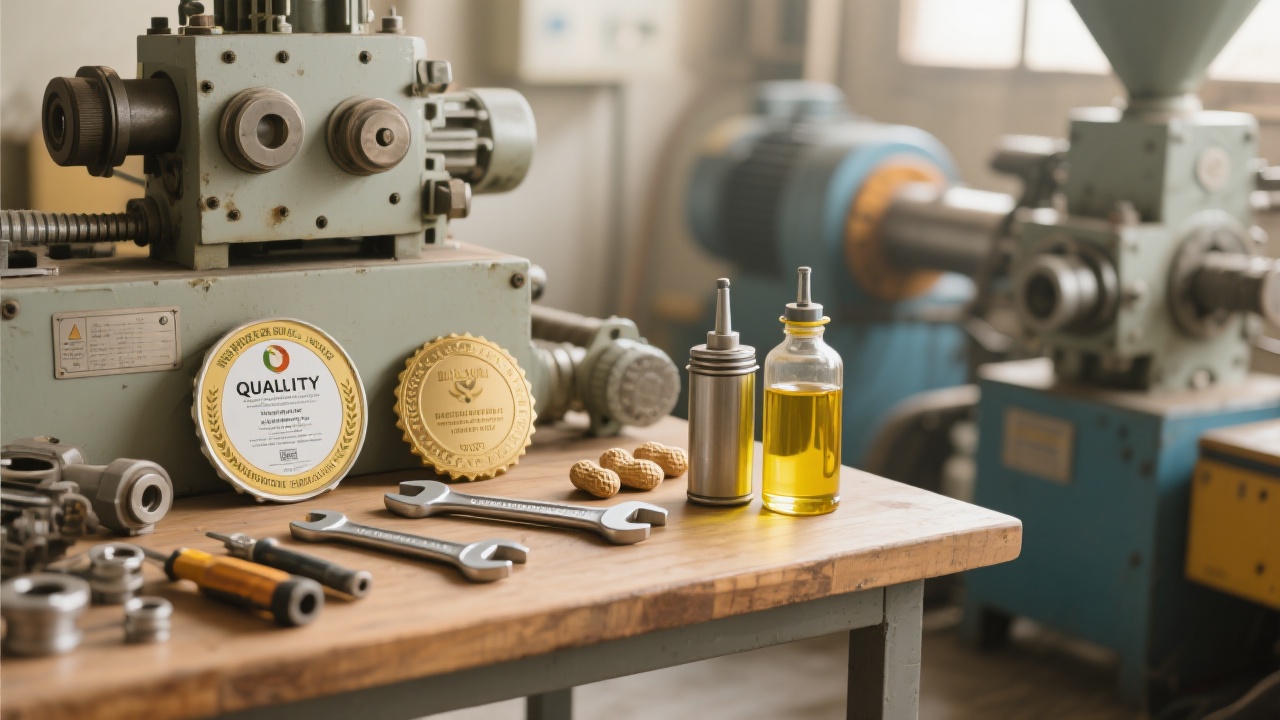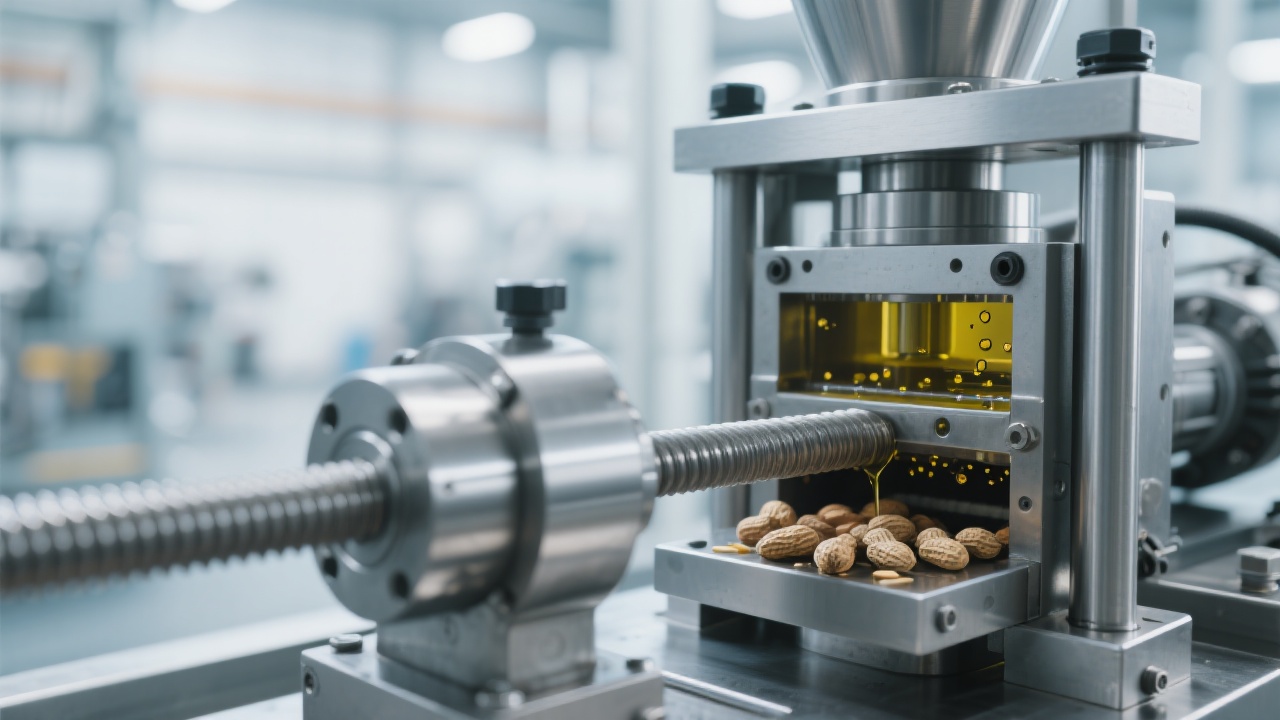
The global peanut oil market demands consistent quality aligned with stringent international standards to secure export opportunities. From raw material selection to final product inspection, controlling quality indicators is paramount for manufacturers aiming to strengthen their global footprint. Notably, compliance with certifications such as HACCP, ISO 22000, and FDA regulations guarantees safety and consumer trust. This article explores critical quality metrics, automated production advantages, and regulatory pathways to empower exporters toward green, risk-mitigated growth.
The foundation of high-quality peanut oil lies in rigorous raw peanut screening. International standards emphasize parameters such as:
| Quality Parameter | Acceptable Range | Reference Standard |
|---|---|---|
| Acid Value (mg KOH/g oil) | ≤ 0.6 | Codex Alimentarius, CAC/GL 21-1997 |
| Moisture Content (%) | ≤ 8% | ISO 659 - Oilseeds |
Ensuring these parameters before processing reduces off-flavors and extends shelf life downstream.
Pressing conditions, including temperature, pressure, and duration, directly affect oil yield and stability. Research indicates maintaining the pressing temperature between 60°C and 90°C optimizes extraction while preserving sensitive antioxidants.

Figure 1: Pressing temperature influences acid value and peroxide value of peanut oil (source: Journal of Food Science & Technology).
Maintaining pressure between 5 to 10 MPa with pressing time controlled within 30–45 minutes allows efficient oil recovery and reduces oxidation risk.
Final product quality evaluation relies on precise analytical measurements, including:
| Indicator | Standard Limits | Measurement Method |
|---|---|---|
| Peroxide Value (meq O2/kg oil) | ≤ 10 | AOCS Cd 8b-90 |
| Fatty Acid Composition (Oleic + Linoleic %) | > 80% | GC-MS Analysis (ISO 12966) |
| Solvent Residue (ppm) | < 10 | GC-FID |
Compliance with internationally recognized management systems is essential for export:
Adopting Hazard Analysis and Critical Control Points (HACCP) systems aligned with these certifications helps identify risks and establish control measures, forming the backbone of export readiness.
Integrating fully automatic peanut oil pressing machines substantially mitigates human error and variability. Automated parameter controls dynamically adjust pressing conditions in real-time, ensuring uniform oil quality per batch.
Moreover, modern machines facilitate end-to-end traceability by digitally recording operational data, vital for compliance audits and consumer transparency.

Figure 2: Automated pressing equipment enhances product stability and traceability.
Environmental compliance is increasingly influential in global markets. Regulations addressing:
Require carefully engineered production lines with integrated purification and recycling technologies. Aligning production with green standards such as ISO 14001 supports marketability, especially in eco-sensitive regions.

Figure 3: Environmental technology integration in oil production supports sustainable export practices.
Deploying standardized quality control checklists enhances consistency. Key checkpoints include raw material inspection, in-process monitoring, and final product verification. Common challenges such as peroxide value spikes or solvent residue exceedance require well-documented corrective actions.
Equally important is establishing a robust customer feedback loop to iteratively improve quality and compliance.

